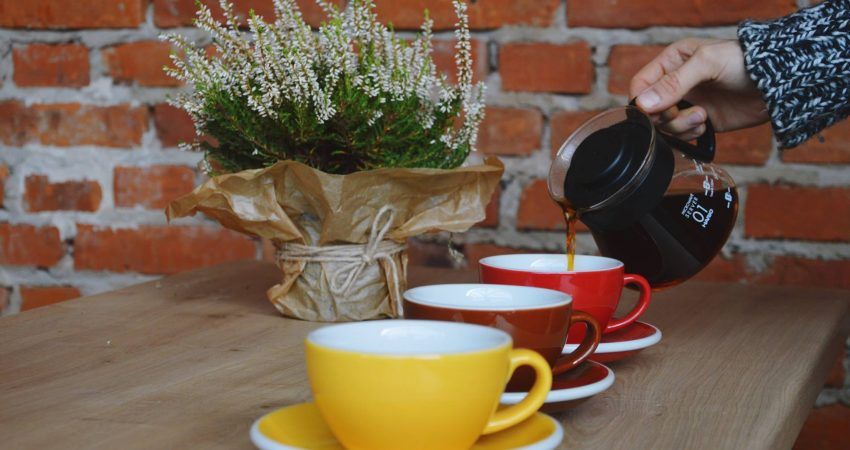How to choose coffee?
As many as 73% of Poles say they drink a cup of coffee every day. For some, it is a stimulant for the rest of the day; for others, it is a pleasure and a bonus to relaxation. In modern times, when there is a gigantic selection of coffees in stores, everyone wants to drink the best one. Meanwhile, you should know that the best coffee in the world is the one that tastes best to you. Regardless of brand and price. But what if you don’t want to buy blind? You need to figure out what you really like, and we will help guide you to the so-called. the best coffee.
Type of coffee
There are many elements that contribute to the final taste of coffee in a cup. One of them is this variety. Arabica and robusta are the most popular coffees, that everyone probably knows. Arabica is considered to be the nobler version of coffee. characterized by lower bitterness and a fuller flavor and aroma than robusta. The coffee is a popular choice for those who like to drink it, while robusta has a more intense flavor and a higher caffeine content. Manufacturers list the composition, i.e. the type of bean and its proportion, on their packaging. It can be for example. 100% arabica, or 60% arabica – 40% robusta. Whole bean arabica coffees will be good for those who appreciate a mild flavour and distinct aroma. Blends with a high proportion of robusta are particularly suited to people who prefer a stronger taste and want a quicker boost.
The origin of the coffee
The place of origin also has a great influence on the taste of coffee. It depends particularly on the climate conditions in the region in question. It is worth knowing that coffee grows in the so-called. coffee belt, whose borders are formed by the Tropics of Cancer and Capricorn. Coffee production occurs in Central and South America, Central Africa and Asia.
- Coffees from American countries Characterized by nut and chocolate notes with moderate acidity. These coffees go very well with milk.
- African coffees have significantly more acidity. In coffees from Kenya or Ethiopia Very clear citrus flavour. Their unique flavour can be discovered when they are drunk without any additives.
- Asian coffees mainly from India and Indonesia have a strong earthy flavour. It’s hard to detect any acidity in these coffees.
Degree of roasting
A very important process in coffee production is the roasting of the beans. It is the roasters who give the raw beans their unique style. This is an important moment that also influences the final taste of the coffee. The longer the beans are roasted, the darker they are. Light roasted coffees have a light brown color, high caffeine content and a fruity aftertaste. These coffees have significantly more flavour potential than dark-roasted beans. When coffee is roasted for a long time it loses a lot of its natural properties, including an additional drop in caffeine levels. Dark roasted coffees are characterized by pronounced bitterness and low acidity. The dark-roasting procedure is used especially by Italian roasters, whose coffees are sometimes almost black and full-bodied.

